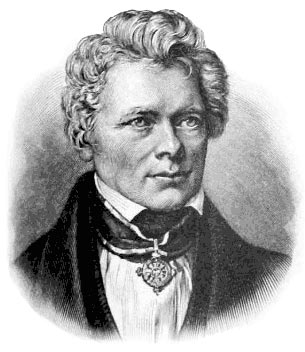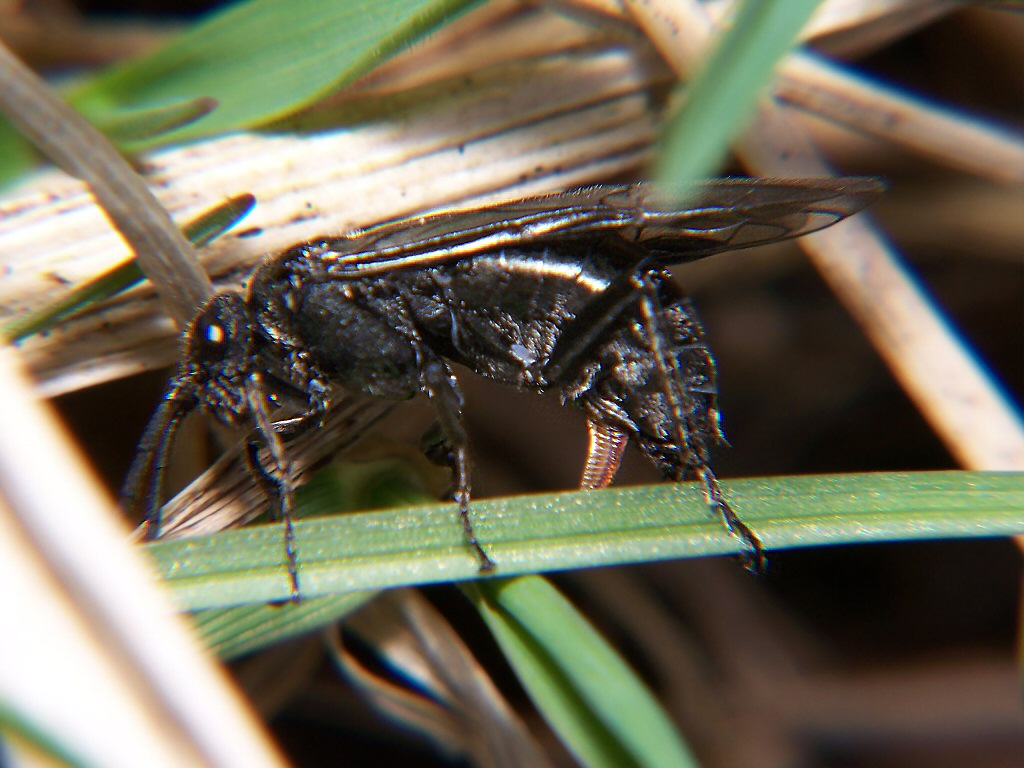|
Caenolyda Binaghii
''Caenolyda'' is a genus of insect belonging to the family Pamphiliidae first described by Friedrich Wilhelm Konow Friedrich Wilhelm Konow (11 July 1842, in Mechow – 18 March 1908, in Teschendorf) was a German priest and amateur entomologist who specialised in Hymenoptera especially Tenthredinidae. Konow was born in Mechow where he attended the school w ... in 1897. The two species of this genus are found in Europe. Species: * '' Caenolyda reticulata'' (Linnaeus, 1758) * '' Caenolyda binaghii'' C. Pesarini & F. Pesarini, 1976 References {{Taxonbar, from=Q15709848 Pamphiliidae Sawfly genera Taxa named by Friedrich Wilhelm Konow ... [...More Info...] [...Related Items...] OR: [Wikipedia] [Google] [Baidu] |
Insect
Insects (from Latin ') are Hexapoda, hexapod invertebrates of the class (biology), class Insecta. They are the largest group within the arthropod phylum. Insects have a chitinous exoskeleton, a three-part body (Insect morphology#Head, head, Thorax (insect anatomy), thorax and abdomen (insect anatomy), abdomen), three pairs of jointed Arthropod leg, legs, compound eyes, and a pair of antenna (biology), antennae. Insects are the most diverse group of animals, with more than a million described species; they represent more than half of all animal species. The insect nervous system consists of a insect brain, brain and a ventral nerve cord. Most insects reproduce Oviparous, by laying eggs. Insects Respiratory system of insects, breathe air through a system of Spiracle (arthropods), paired openings along their sides, connected to Trachea#Invertebrates, small tubes that take air directly to the tissues. The blood therefore does not carry oxygen; it is only partly contained in ves ... [...More Info...] [...Related Items...] OR: [Wikipedia] [Google] [Baidu] |
Pamphiliidae
Pamphiliidae (sometimes incorrectly spelled Pamphilidae) is a small family within Symphyta, containing some 200 species from the temperate regions of North America and Eurasia. The larvae feed on plants (often conifers), using silk to build webs or tents, or to roll leaves into tubes in which they feed, thus earning them the common names leaf-rolling sawflies or web-spinning sawflies. Some species are gregarious and the larvae live in large groups. Fossils of Pamphiliidae have been dated to the Jurassic period. They are distinguished from the closely related Megalodontesidae by their simple, filiform antennae. Taxonomy The family is currently divided into three subfamilies based on phylogenetic analysis of both extant and extinct species. * Cephalciinae Benson, 1945 **'' Acantholyda'' Costa, 1894 **'' Caenolyda'' Konow, 1897 **'' Cephalcia'' Panzer, 1805 **'' Chinolyda'' Beneš, 1968 * Juralydinae **†'' Atocus'' Scudder, 1892 **†'' Juralyda'' Rasnitsyn, 1977 **'' Neurotoma' ... [...More Info...] [...Related Items...] OR: [Wikipedia] [Google] [Baidu] |
Friedrich Wilhelm Konow
Friedrich Wilhelm Konow (11 July 1842, in Mechow – 18 March 1908, in Teschendorf) was a German priest and amateur entomologist who specialised in Hymenoptera especially Tenthredinidae. Konow was born in Mechow where he attended the school where his father worked. He then studied at Fürstenhagen and from 1857 at the Realschule followed by Gymnasium Carolinum in Neustrelitz. He studied theology from 1865 at Rostock and Erlangen and then worked as a private tutor near Oyle near Nienburg. He then became a preacher in Damshagen, followed by service in Gülz and Tessin. He then became a teacher at a girls' school in Schwerin. He was ordained in 1878 and became a pastor at Fürstenberg in Mecklenburg-Strehlitz. In 1892 he was at Teschendorf. He studyied entomology in his spare time and collected specimens from all groups of insects other than Lepidoptera. Later he specialized on the Hymenoptera. He wrote in various entomological periodicals. He wrote ''Familie Tenthredinidae'' in ... [...More Info...] [...Related Items...] OR: [Wikipedia] [Google] [Baidu] |
Caenolyda Reticulata
''Caenolyda'' is a genus of insect belonging to the family Pamphiliidae first described by Friedrich Wilhelm Konow Friedrich Wilhelm Konow (11 July 1842, in Mechow – 18 March 1908, in Teschendorf) was a German priest and amateur entomologist who specialised in Hymenoptera especially Tenthredinidae. Konow was born in Mechow where he attended the school w ... in 1897. The two species of this genus are found in Europe. Species: * '' Caenolyda reticulata'' (Linnaeus, 1758) * '' Caenolyda binaghii'' C. Pesarini & F. Pesarini, 1976 References {{Taxonbar, from=Q15709848 Pamphiliidae Sawfly genera Taxa named by Friedrich Wilhelm Konow ... [...More Info...] [...Related Items...] OR: [Wikipedia] [Google] [Baidu] |
Sawfly Genera
Sawflies are wasp-like insects that are in the suborder Symphyta within the order Hymenoptera, alongside ants, bees, and wasps. The common name comes from the saw-like appearance of the ovipositor, which the females use to cut into the plants where they lay their eggs. The name is associated especially with the Tenthredinoidea, by far the largest superfamily in the suborder, with about 7,000 known species; in the entire suborder, there are 8,000 described species in more than 800 genera. Symphyta is paraphyletic, consisting of several basal groups within the order Hymenoptera, each one rooted inside the previous group, ending with the Apocrita which are not sawflies. The primary distinction between sawflies and the Apocrita – the ants, bees, and wasps – is that the adults lack a "wasp waist", and instead have a broad connection between the abdomen and the thorax. Some sawflies are Batesian mimics of wasps and bees, and the ovipositor can be mistaken for a stinger. Sawfl ... [...More Info...] [...Related Items...] OR: [Wikipedia] [Google] [Baidu] |



